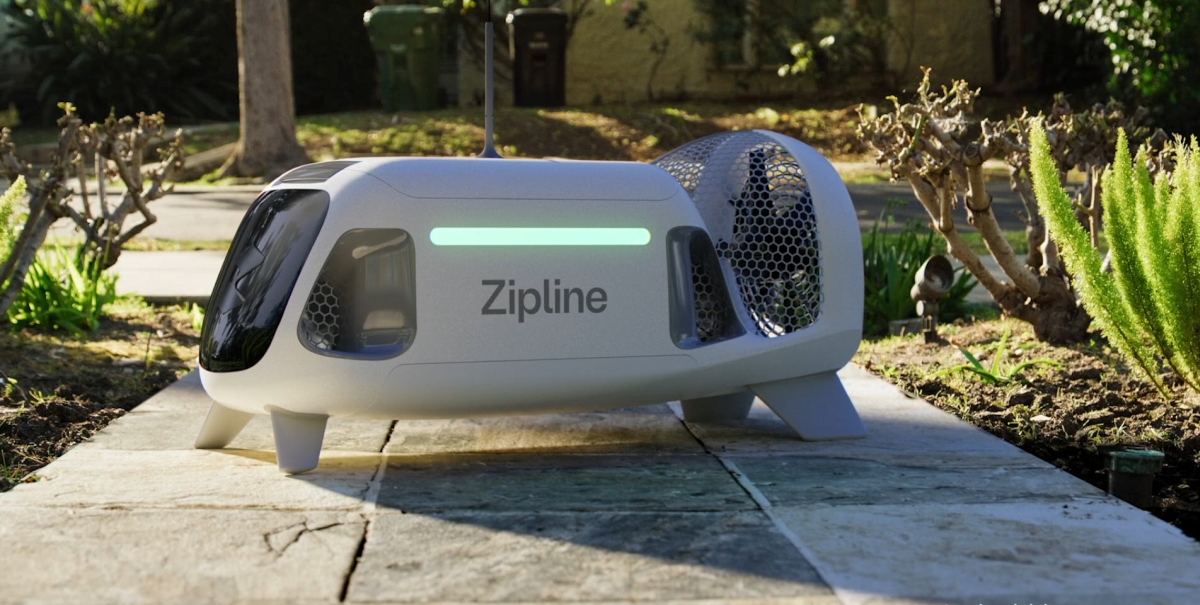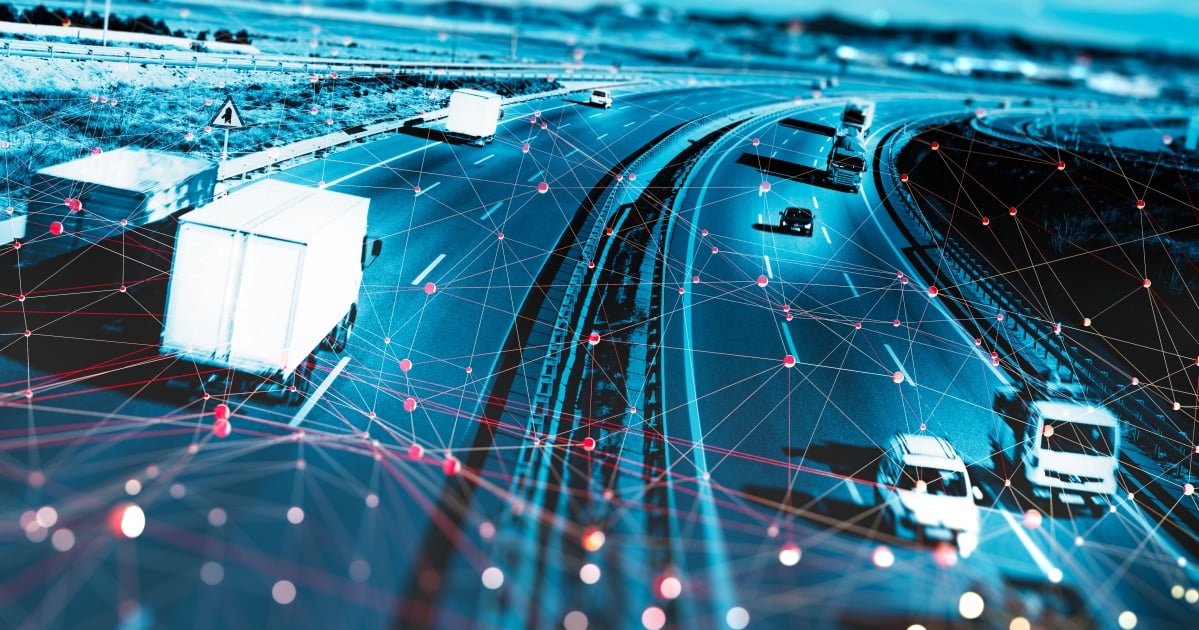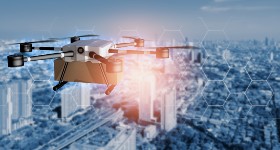The move to fully autonomous vehicles on the highways is happening more rapidly than anyone could imagine a decade ago. Later this year, Tesla will rollout a software upgrade to add automatic steering, enabling literal "hands free" operations of the vehicle. Traditional auto manufacturers have sketched out a seven-year road map to self-driving cars at highway speeds, starting out with testing and releasing self-parking features that don't require a person behind the while and working up to more complex and faster operations. At some point in time, the connected car will start saving lives by reducing automobile accidents, but there's also a flip side that isn't being discussed.
The biggest obstacle today for enabling self-driving vehicles is regulatory. A number of states have enabled testing of auto-driving cars, but there's no certification or regulatory process yet to move out of trials and into real-world use. One of the big arguments I expect to come out of Tesla, Detroit, and the rest of the auto world for autonomous cars is the ability to prevent accidents and save lives. It may be one supported enthusiastically by the insurance industry.
The Center for Disease Control and Prevention (CDC) states there were 33,804 motor vehicle traffic deaths in 2013 while the Insurance Institute for Highway Safety says there were 30,057 fatal motor crashes that year. Divining exactly how self-driving vehicles might reduce those numbers involve any number of categories, but all include removing human error and fallibility from the bigger picture in crashes.
Certainly, beginning drivers are among the most dangerous drivers on the roads. They have less experience, tend to speed and are more prone to mistakes, making them more likely per mile traveled to be involved in a crash than any group except the oldest adult drivers -- think of them as on one side of the bell curve for safe drivers.
Today, newer model vehicles can provide various safety features to provide warnings and assistance in changing lanes and poor weather. Next-generation vehicles might have a “learning driver” mode that puts an upper-end speed limit and other rules to prevent inexperienced drivers from getting into unrecoverable situations. “Black box” recording of driving habits is already occurring, with insurance company provided third-party gizmos that plug into a car, enabling safe drivers to get a break on insurance.
The 2016 Chevy Malibu will have an integrated Teen Driver mode, enabling parents to customize activation based upon key fob. When the teen driver gets behind the wheel, all safety systems are turned on, including front and rear park assist, blind zone alert, cross traffic alert, forward collision alert, forward collision breaking, front pedestrian braking and stability control. Speed, distance driven, stability-control, anti-lock breaking events, forward collision alerts and forward collision braking events are all logged, and trying to drive above a maximum speed results in a visual warning and audible chime.
Older drivers represent the other end of risk at the bell curve. They tend to drive fewer miles and avoid night driving and other challenging situations, but can also represent a risk to others by driving too slowly on the highway. Autonomous vehicles would provide capabilities for older drivers to travel in situations which they would normally avoid, providing more independence as well as more safety.
Regular drivers -- everyone in between -- would presumably be safer by letting the car do the driving. The insurance industry hasn't even started the discussion as to the merits of keeping the car in autonomous mode, letting it drive in exchange for lower rates. A decade or two from now, you may end up paying more if you keep your car in “manual” drive most of the time.
Another issue to be determined is if the car should be able to take over if the driver becomes incapacitated or unresponsive. This may be an optional mode for older drivers and people with known medical conditions that might place themselves at risk or a court-mandated mode for habitually impaired drivers.
However, the automobile world doesn't build perfect, flawless products. Two types of risk are likely to show up as autonomous vehicles become the norm. Things break and software has bugs. Expect the occasional product recall and some lives lost due to implementation problems.
More worrisome is the threat of intentional cyber attack. Already, bad actors have demonstrated ways to unlock cars through security holes, while proof-of-concept demonstrations on current model vehicles by researchers show how brakes and accelerator control can be subverted. Automobile manufacturers are going to have to step up and make vehicles more electronically secure against external tampering, rather than treat it as an afterthought.
Edited by
Dominick Sorrentino





